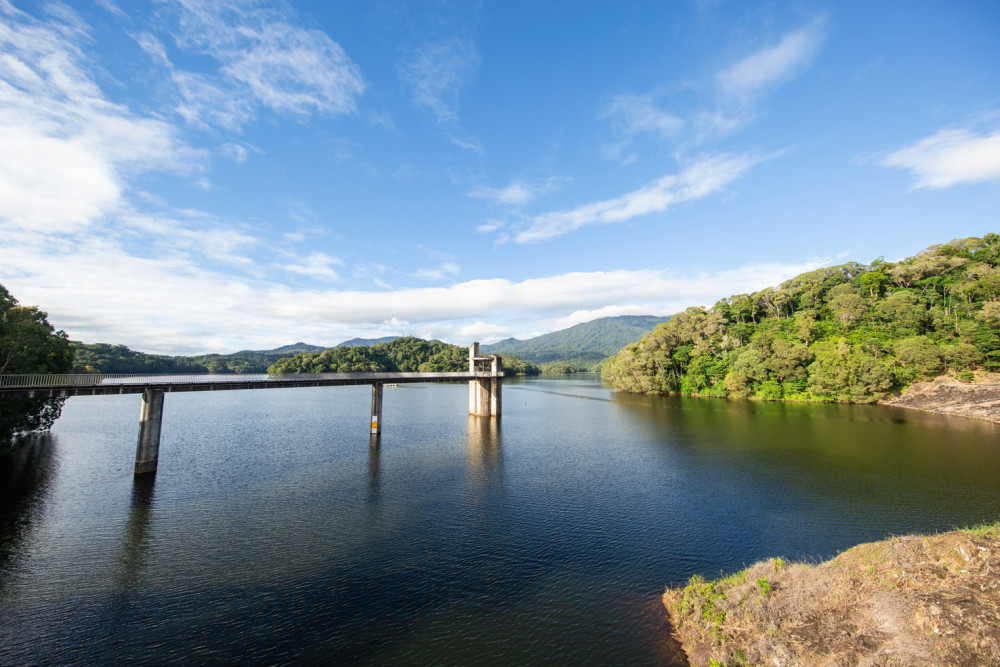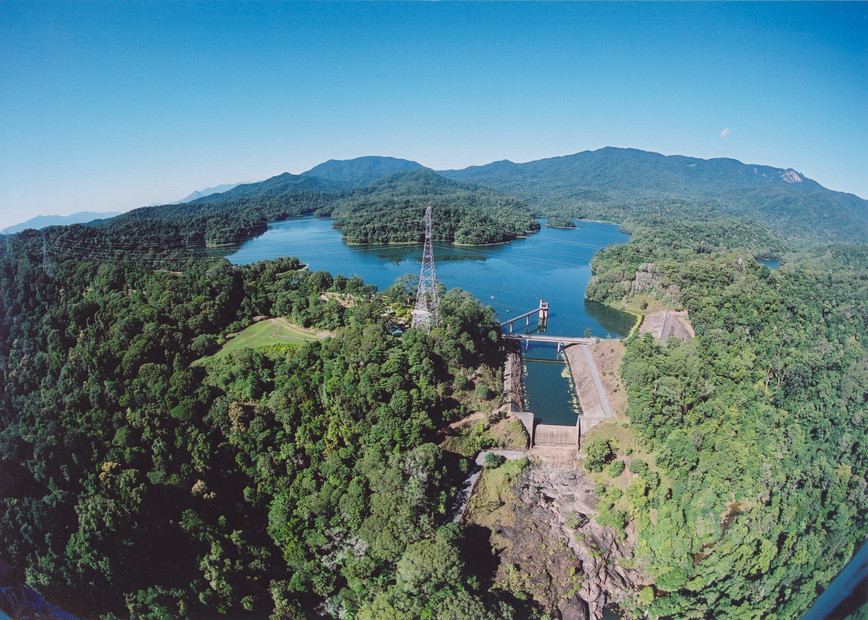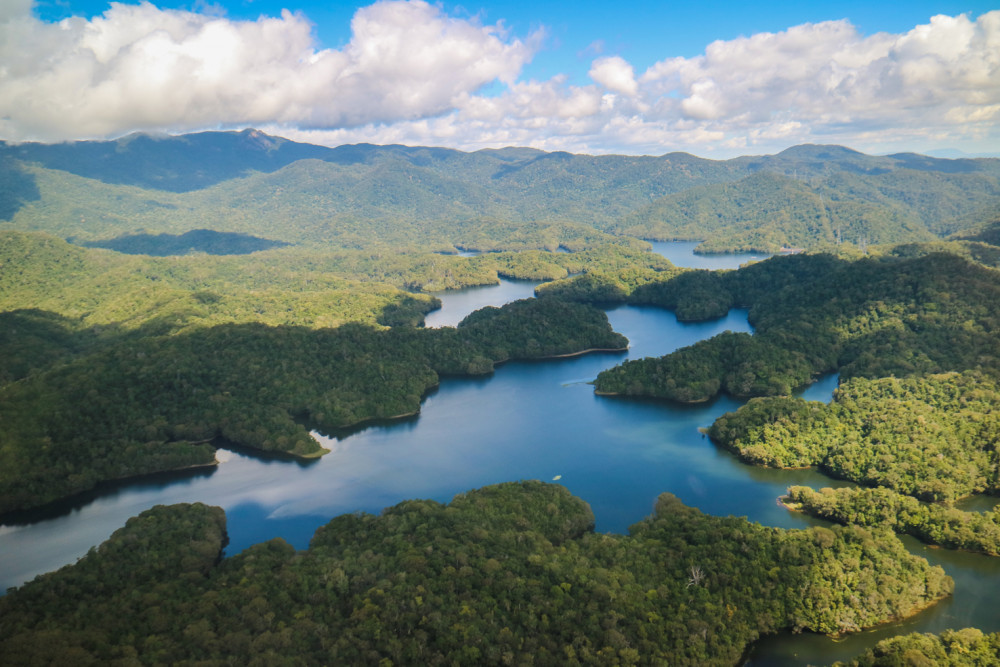General News
20 May, 2021
'Brownsville' has more water than Cairns
DRASTIC action is required to ensure the continued supply of clean drinking water for Cairns.

Cairns Regional Council earlier this month unveiled a bold plan to ensure the city does not run short of water in the coming years.
Cairns is a fast-growing regional area in Queensland, with a population of 160,000 with strong annual growth of 1.11 per cent compared with Townsville with 195,000 people, however bulk water storage for Cairns is minimal compared to the resources available in Townsville.
With population projections of 215,000 people the water resources of Cairns are under extreme pressure and this pressure continues to increase.
Cairns Regional Council Mayor, Bob Manning said water security was this Council’s highest priority.
A water shortage by 2027 would mean severe and frequent restrictions, potential capping of population growth, damage to the region as a destination and loss of business confidence.
Currently Cairns draws 80% of its water needs from Copperlode Dam. Commissioned in 1976 when the population of Cairns was 58,000 Coperlode easily met the needs of a young city.

The current capacity of Copperlode represents the equivalent of 1.5 years of water supply for Cairns.
The balance of the water supply for Cairns is drawn from Behana Creek and does not have bulk storage capacity.
The plans unveiled this month include building water infrastructure on the Mulgrave River delivering greater supply into the city’s mains.
Cairns Mayor Bob Manning said residents were frugal with water, consuming an average 400 litres per person daily compared with Townsville’s 700 litres.
“We are very efficient in our use of water and when restrictions are called for, people do it,” he said.
“Now, we can try and bring demand back further, but we need to start looking further ahead.
“Copperlode Dam was our main storage; it is not a big dam it is about 38,000ML – we consume about 27,000ML a year. We can get from one wet season to the next, but if a wet season fails and we go into a low, we will have trouble.
“The dam in Townsville is about four times the capacity of Copperlode … in the past we’ve never had to worry about it, the mentality of everyone is ‘it’ll rain next year, it always does’ – but one day it may not.”

Mark Wuth, General Manager Water & Resources Recovery, Cairns Regional Council believes the Mulgrave River project will help secure the region’s water needs for the future.
“Our approach to take and treat water from the Mulgrave River is a much more cost-effective and timely option than building a new dam, with a much lower environmental footprint.
“It also focuses on providing drinking water without competing with agricultural needs, which would arise from a new dam on the Tablelands.
Council will still target a reduction in water consumption designed to ease the strain on resources.
“Council’s strategy targets a further 10% reduction by 2025, which is significantly more than Townsville and Darwin; cities that share a comparable climate.
“While demand management has ensured the city’s drinking water supply meets current needs, it won’t be sufficient to accommodate anticipated population growth of 80,000 people by 2041,” he said.
Whilst Council would prefer to measure our water consumption against our nearest major city, Townsville, where we do reflect favourably, when compared to southern cities where water security has previously been of critical concern, Cairns is shown to be wasteful in the use of this precious commodity.
The following figures are all measured using identical methods. Total volume of water consumed, through business and residential usage including public space watering, divided by the totally projected population of the region.
In Cairns our current consumption is approximately 400 litres per person per day..
To the south of the state, where water-wise campaigns and generational education are paying dividends, Gold Coast, consumes on average 156 litres per person per day, Logan City 139 litres and Redland 192 litres. (Source SEQWater.com.au)
Cairns Regional Council’s Division 9 Councillor, Brett Olds believes water security is one of the most important issues we face here in the north.
“I have long believed that we all need to be better stewards and custodians of our natural resources and environment and that responsibility falls to each individual.
“Are we doing enough? The answer has to be, No! Because we can always do better”.
“Other States have tried incentivising water tanks and the like in the past and there are always pro’s and cons, but yes, I would support looking in to innovative solutions to reduce water usage in new builds – and also looking into helping out residents that choose to retrofit older homes.
Let’s look at all options and make some informed decisions,” said Councillor Olds.
Cairns Regional Council is progressing with the roll out and installation of ‘smart meters’ throughout the region. This is an enormous and costly undertaking; however, they do assist with the detection of leakages from the mains.
Mark Wuth advised that Council have currently installed approximately 1000 smart meters. Since the installation of those meters, Council has identified approximately 88 leaks, saving approximately 10 megalitres of water.
Council plan to continue the rollout of smart meters throughout the region with completion in June 2025.
Planning for the Cairns Water Security – Stage 1 project is well advanced with construction forecast to take two years and be completed by 30 June 2026.
The project has widespread support from key stakeholders, including Advanced Cairns, Cairns, TTNQ, Chamber of Commerce, FNQROC, Regional Development Australia – Tropical North, and Urban Development Institute of Australia (Queensland).
Council has commenced a community awareness campaign to inform residents about the project and why it is critical to the city’s future.


